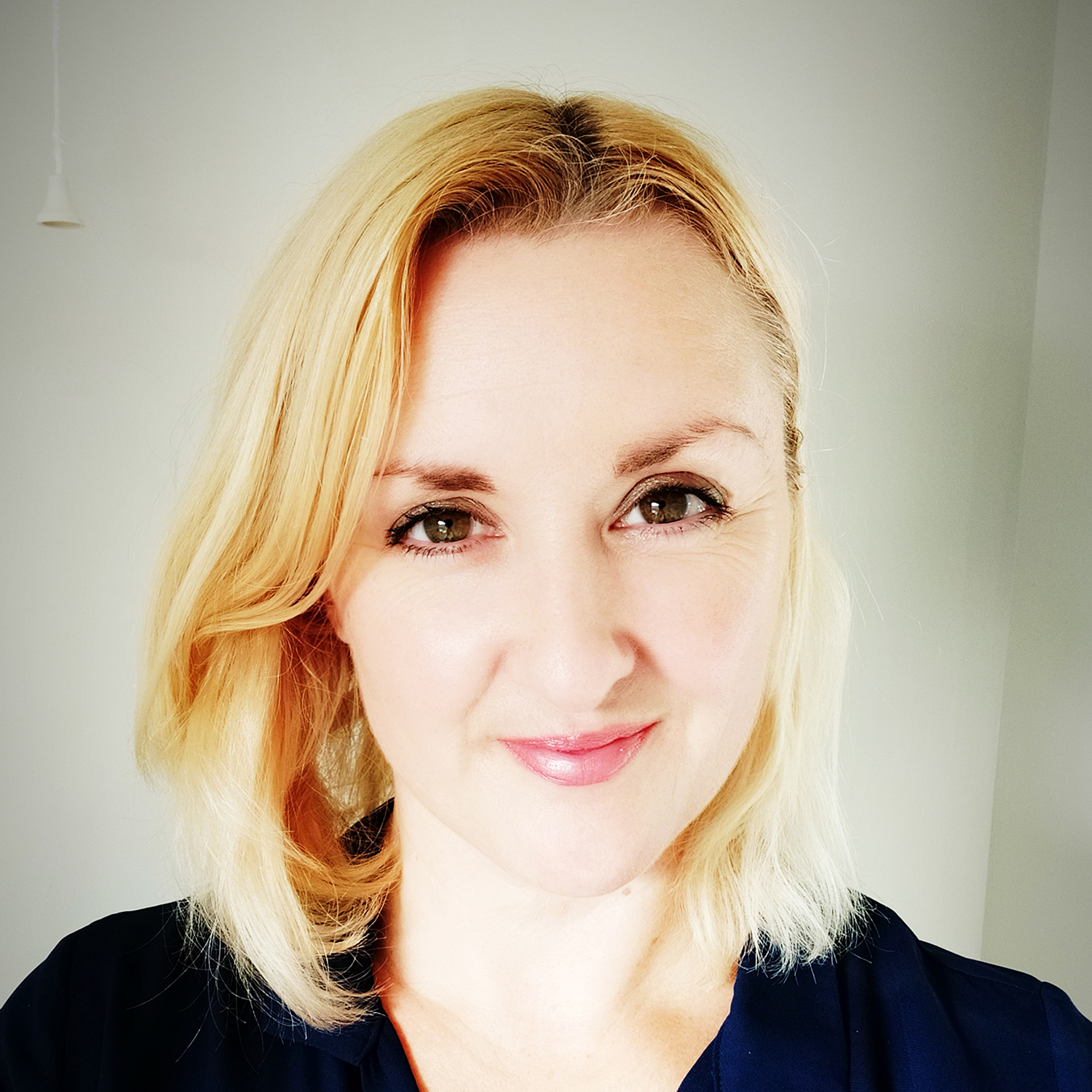As of March 2023, just 72 women have flown into space according to NASA. That’s roughly 11% representation on the launchpad. No woman has yet walked on the Moon.
Dr Randy Lovelace argued back in the 1960s that women could be highly suitable for space because they were smaller and lighter for small space vehicles.
His ‘FLATs’ (Fellow Lady Astronaut Trainees) trainee programme proved women could compete with – and sometimes outperform – their male counterparts in space.
Yet despite this, it would be decades before there was anything approaching parity in crew rosters.
Read more:
- How long does it take to get to space?
- 6 women who changed astronomy and spaceflight
- 5 women astronomers with Moon craters named after them
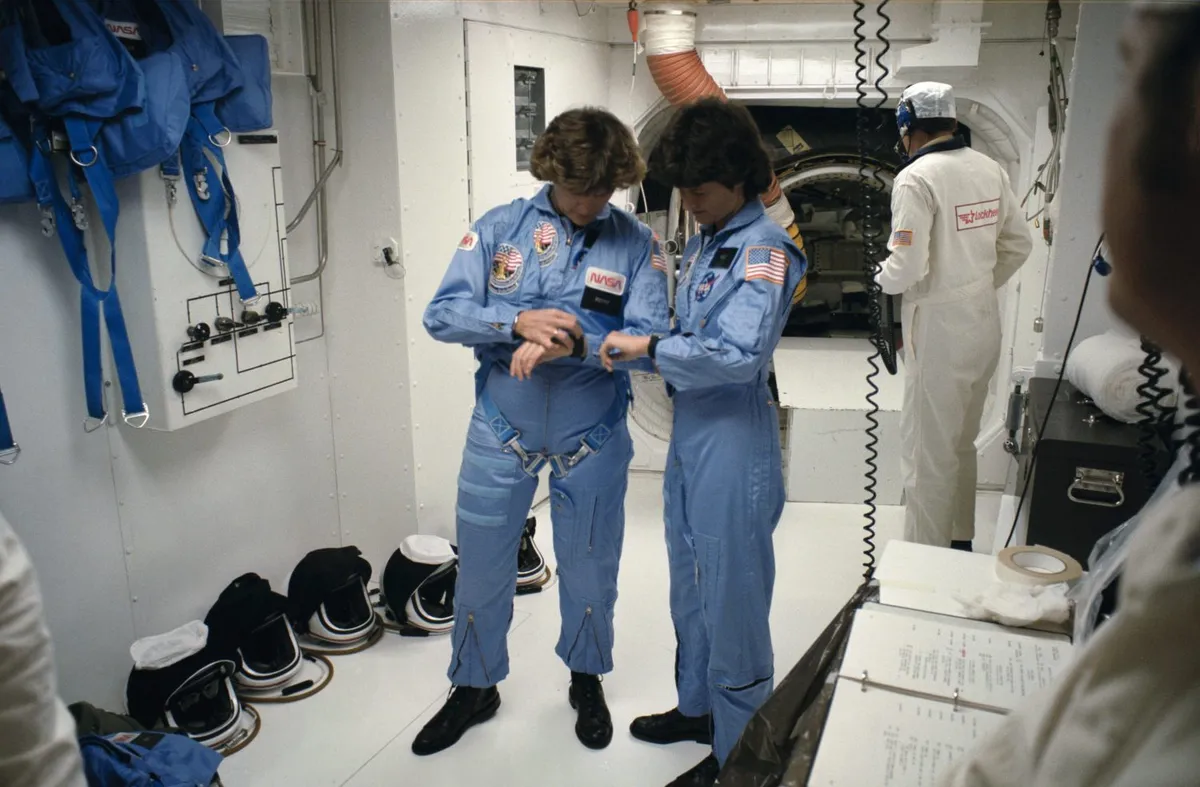
Of the few women that did made it through the trials of selection and training, many were subjected to sexist scrutiny and questioning that none of their male colleagues endured.
Now women in their dozens may have broken through Earth’s atmosphere, but the glass ceiling is another matter.
It wasn’t until 2013 that a NASA Astronaut Class was equally split between men and women, and it was only in 2021 that NASA decided to adopt radiation exposure limits that would no longer limit female astronauts’ time in space.
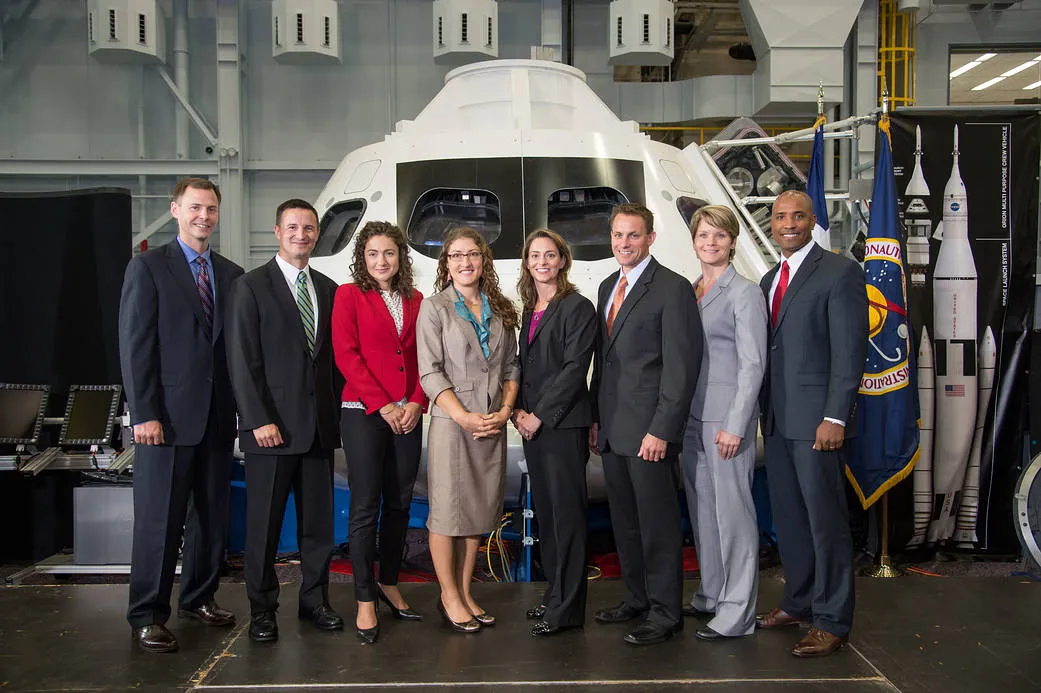
In 2019 there was outrage when it emerged that the first ever all-female spacewalk had to be cancelled when there wasn’t a small enough suit on the International Space Station for astronaut Anne McClain.
Only large and extra-large suits had been packed, so she missed her chance to make history (Jessica Meir took her place when the walk went ahead 7 months later).
Righting a longterm wrong, in July 2021, Wally Funk made history as the oldest person to travel into space (beating John Glenn's record), finally achieving her goal after having been one of the Mercury 13 group of female pilots who trained for spaceflight but were never called up for duty (unlike the Mercury 7 astronauts).
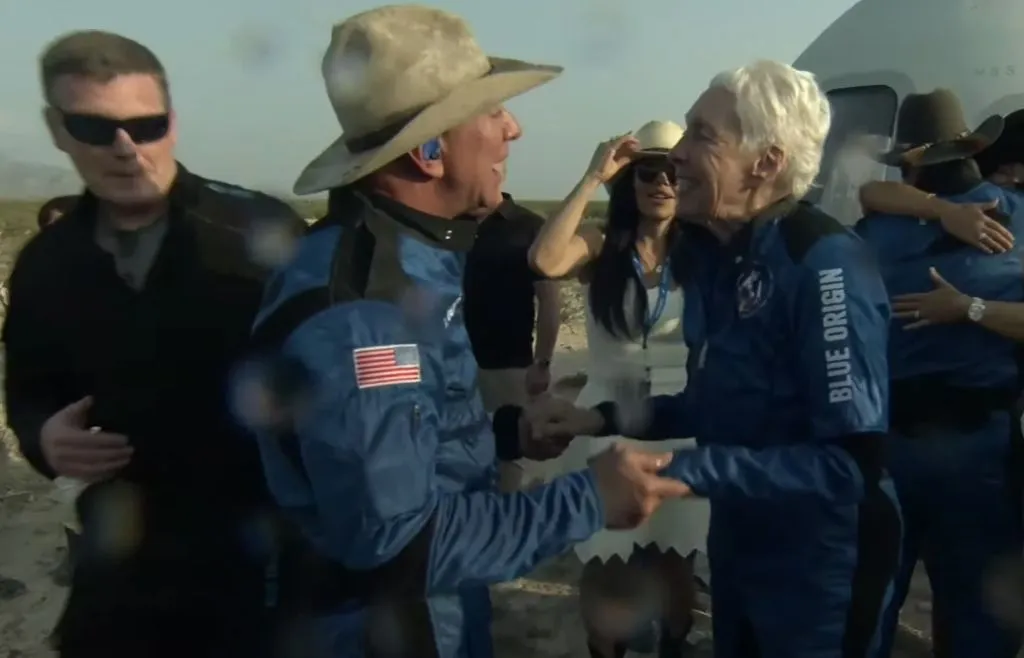
There are signs of progress. NASA Administrator Jim Bridenstine hypothesised in 2019 that the first person on Mars could be a woman, and the Artemis Program, which plans to return humans to the lunar surface, boasts equal male/female representation in its 18-strong crew. It could well be that the next person on the Moon is female.
Let’s take a look at some of the ground-breakers: some of the extraordinary women astronauts who set their sights on space:
Valentina Tereshkova
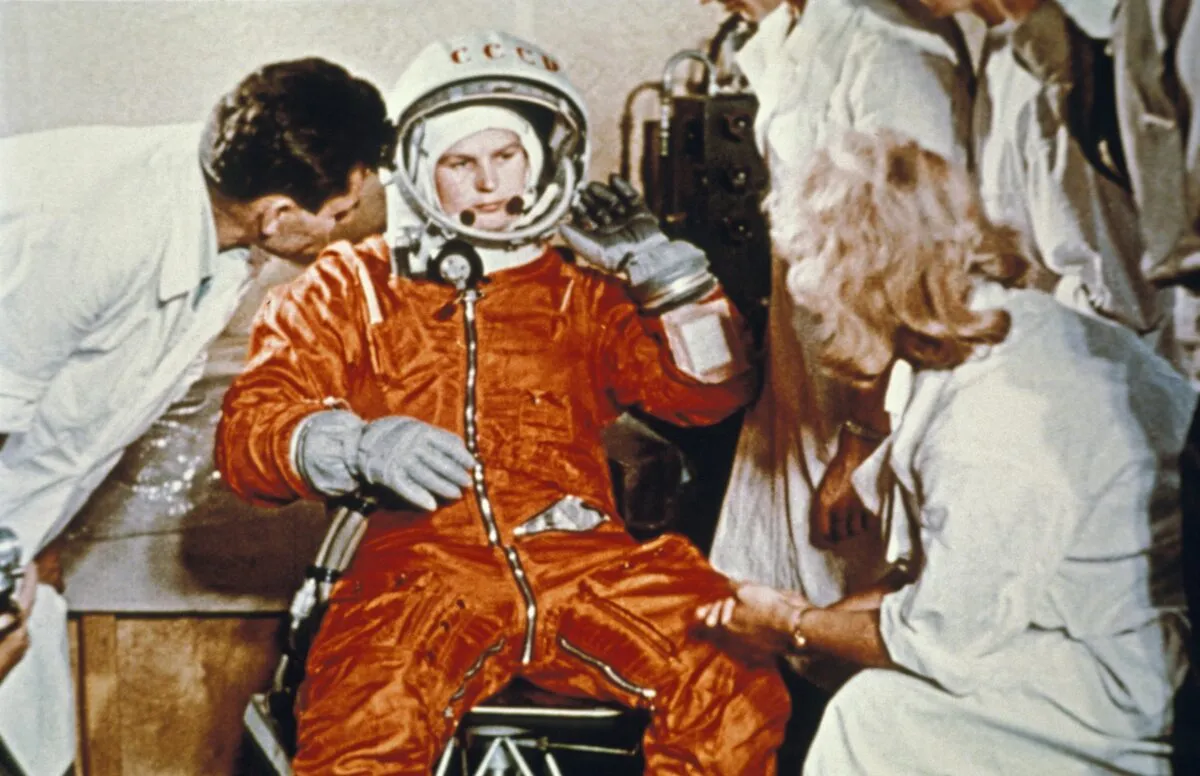
The word ‘trailblazer’ could have been invented for Valentina Tereshkova (born 1937), a woman whose list of firsts is formidable: first woman in space, youngest woman in space, first civilian in space and the only woman to fly solo in space.
Valentina was selected from a cohort of civilian women rapidly trained for space by a USSR ever wary of falling behind in the Space Race. She was just 26 years old when she launched solo on 16 June 1963 aboard the spacecraftVostok 6.
Talking to the BBC about her 48-orbit flight, she said: "It made me happy for womankind. It proved that they could be equal with men, not only on Earth but in space as well."
She’s continued to blaze a trail in science and politics, but spaceflight remains her dream: "I would enjoy flying to Mars," she told a reporter in 2007. "I’m ready to fly, without coming back."
Svetlana Savitskaya

It would be 19 years before a second woman would travel to space. Svetlana Savitskaya (born 1948) launched aboard the Soyuz T-7mission in August 1982 to the Russian Salyut 7 space station, returning to Earth seven days later.
Her return to the space station in July 1984 made her the first woman to fly to space twice and the first woman to spacewalk, when she cut metal and welded sections of the Salyut 7 on a 3.5-hour EVA – pointedly trumping American Kathy Sullivan’s EVA later that year.
A daredevil from a young age, Svetlana had already completed 450 parachute jumps at the age of 17. She later trained as a test pilot and was part of an all-women world champion aerobatic flight squad before becoming a cosmonaut in 1980.
Despite her eminent qualifications, she reported that, upon entering Salyut 7 for the first time, she was presented with an apron and told to "get to work" by fellow cosmonaut Valentin Lebedev.
Sally Ride
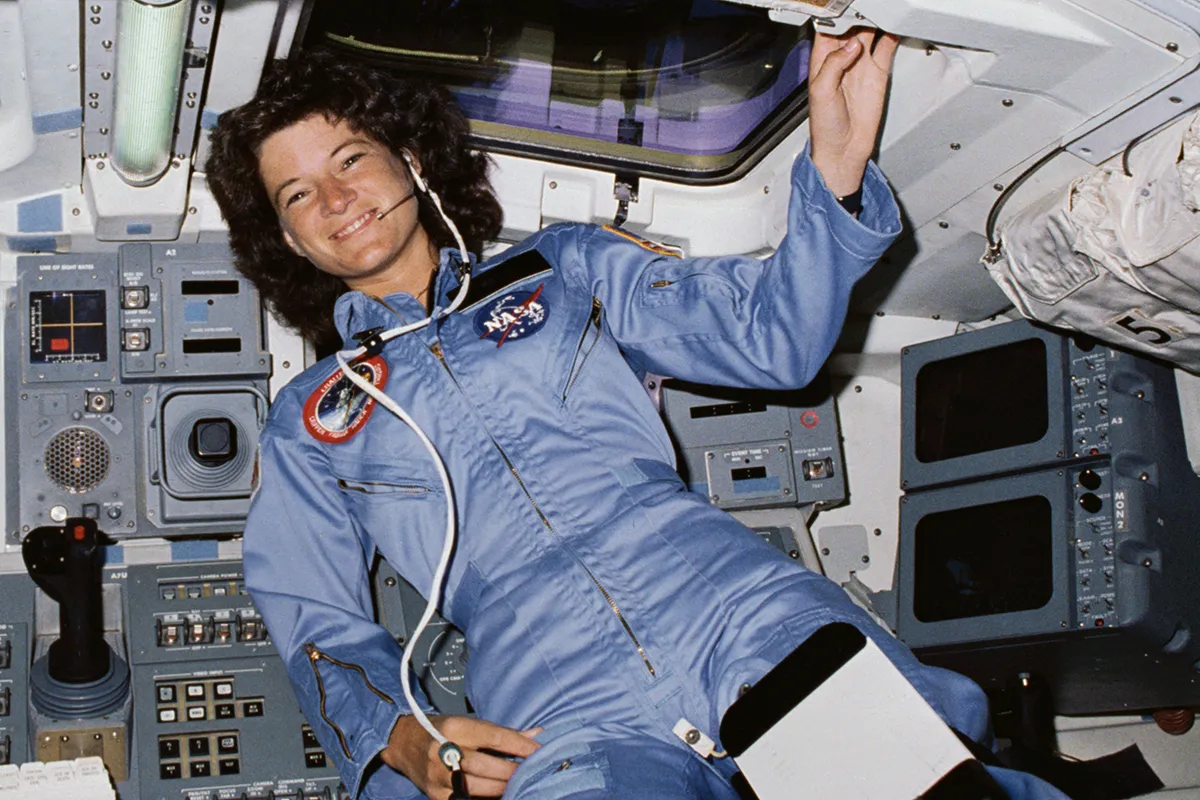
Lagging some way behind the Russians, the first American woman in space wasn’t until June 1983, when 32-year-old Californian physicist Sally Ride (1951–2012) flew aboard NASA’s Space Shuttle STS-7, operating the robotic arm used to deploy commercial satellites.
She and five other women were, in 1978, in NASA’s first Astronaut Class to accept women.
Ride recalled that older men astronauts were unsure how to act around female crew and that NASA engineers had to check whether 100 tampons would be enough for her 1-week flight.
Prior to take-off, she’d endured questions from the press about whether she planned to have children and whether she’d wear make-up in space. On The Tonight Show, Johnny Carson joked that she’d hold up the Space Shuttle’s departure because she’d be looking for a purse to match her shoes.
She was the only person to serve on the investigative panels for both the Challenger and the Columbia Shuttle disasters. She was also the first lesbian in space.
After a second shuttle flight in 1984, Ride left NASA and dedicated much of her energies to increasing women and girls’ interest in science, technology, engineering and maths.
Mae Jemison
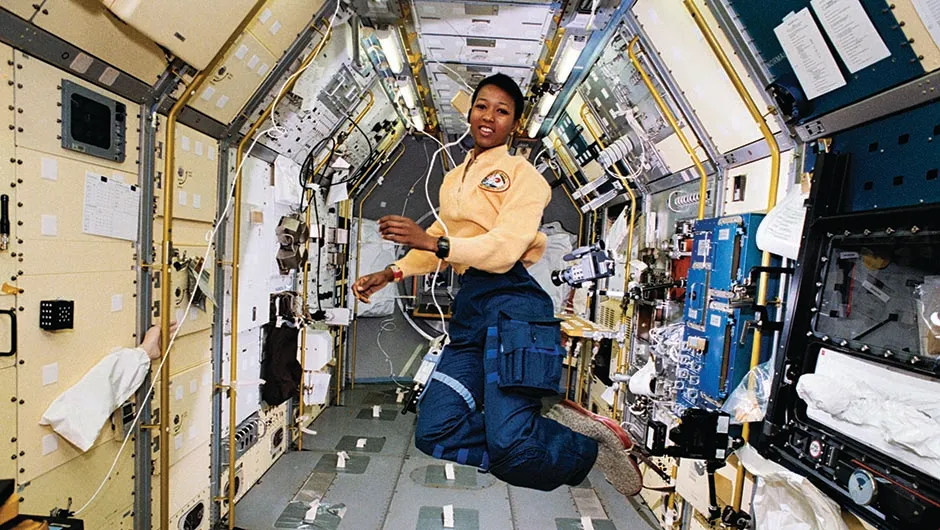
One of the people Sally Ride inspired was Mae Jemison. An accomplished engineer and doctor, Jemison (born 1956) was chosen for NASA’s astronaut programme in 1987.
In 1992 she orbited the Earth on Space Shuttle Endeavour's STS-47 mission for eight days, becoming the first black woman in space. There she conducted a range of scientific experiments on motion sickness, frog fertility and bone cells.
Jemison was one of a crop of female astronauts to cite actress Nichelle Nichols – Star Trek’s Lieutenant Uhura – as inspiring her dreams of going into space. Indeed Jemison went on to appear in an episode of Star Trek in 1993.
Susan Helms
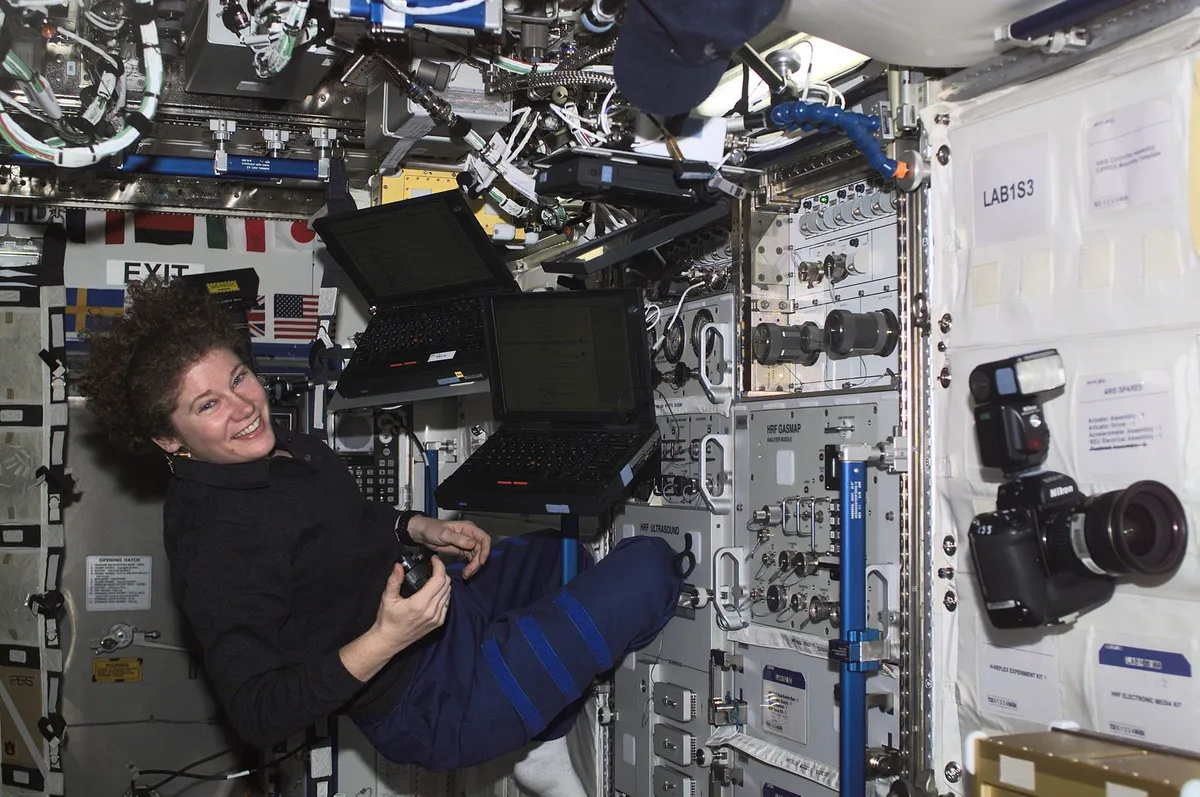
A highly decorated air force officer, Helms (born 1958) was the first woman from a military background to go into space, women initially being barred from being military test pilots, the most established route to becoming an astronaut.
An assistant professor of aeronautics, Helms was selected by NASA in 1990 and made five spaceflights between 1993 and 2001.
As part of the International Space Station’s second expedition crew, from March to August 2001, Helms was the first woman on the ISS and shares the record (with NASA’s Jim Voss) for the longest single spacewalk, totalling 8 hours 56 minutes.
Peggy Whitson

Biochemist Whitson(born 1960) is unstoppable. Not only was she the first female commander of the ISS (Expedition 16, 2007; she would command again on Expedition 51, 2017) but she’s also the woman who’s spent the longest total time in space, with a total of 665 days (the US record).
She survived a violent landing aboard Soyuz TMA-11 in April 2008 when a failed module separation sent the capsule into a spin, missing its touchdown target by 470km.
Also onboard was another woman, Yi So-yeon (born 1978), a young South Korean biotechnologist on her first flight and the first Korean to travel into space.
Footage shortly after the landing shows a smiling So-yeon, but she was left with back injuries that required hospital treatment. She did not fly again.

With her eighth EVA in 2017 at age 57, Whitson became the oldest woman to undertake a spacewalk. She’s since raised that total to ten EVAs. She was also the first female chief of NASA’s Astronaut Office.
But she’s not done yet. Whitson recently announced her return to space as the commander of Axiom Mission 2, a SpaceX Crew Dragon mission to the ISS in late 2022.
Christina Koch
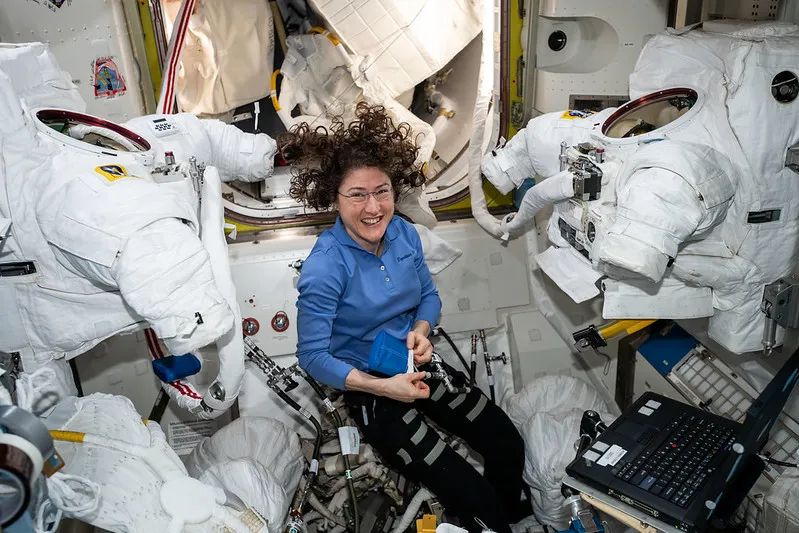
Seven months after astronaut Anne McClain missed her chance because of the blunder of the wrong-sized spacesuit, on 21 October 2019 the historic all-female spacewalk finally went ahead, when engineerChristina Koch(born 1979) and marine biologist and physiologist Jessica Meir (born 1977) upgraded a faulty battery charging unit on the ISS.
Koch went on to break the record for longest continuous time in space by a woman on 28 December 2019 – a total of 328 days in space.
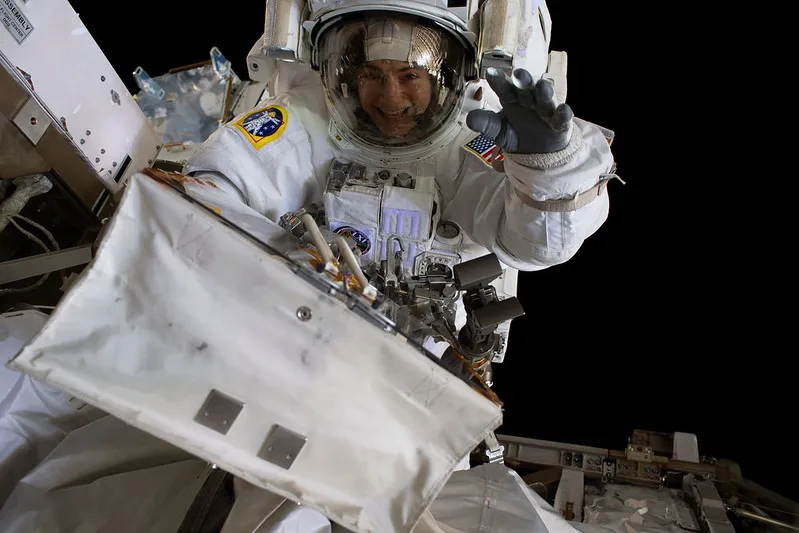
As one of nine women in the 50% male/50% female crew on the forthcoming Artemis program intending to return humans to the Moon’s surface, Koch is a candidate to be the first woman on the Moon, along with Kayla Barron, Jessica Meir, Kate Rubins, Jasmin Moghbeli, Anne McClain, Stephanie Wilson and Jessica Watkins.
Kathy Sullivan

Sullivan (born 1951) is something of a living legend as the woman who helped launch in 1990, and subsequently repair and maintain, the Hubble Space Telescope.
At one point during Hubble’s deployment, Sullivan was poised for an EVA to hand-crank the scope’s solar arrays into position after they jammed.
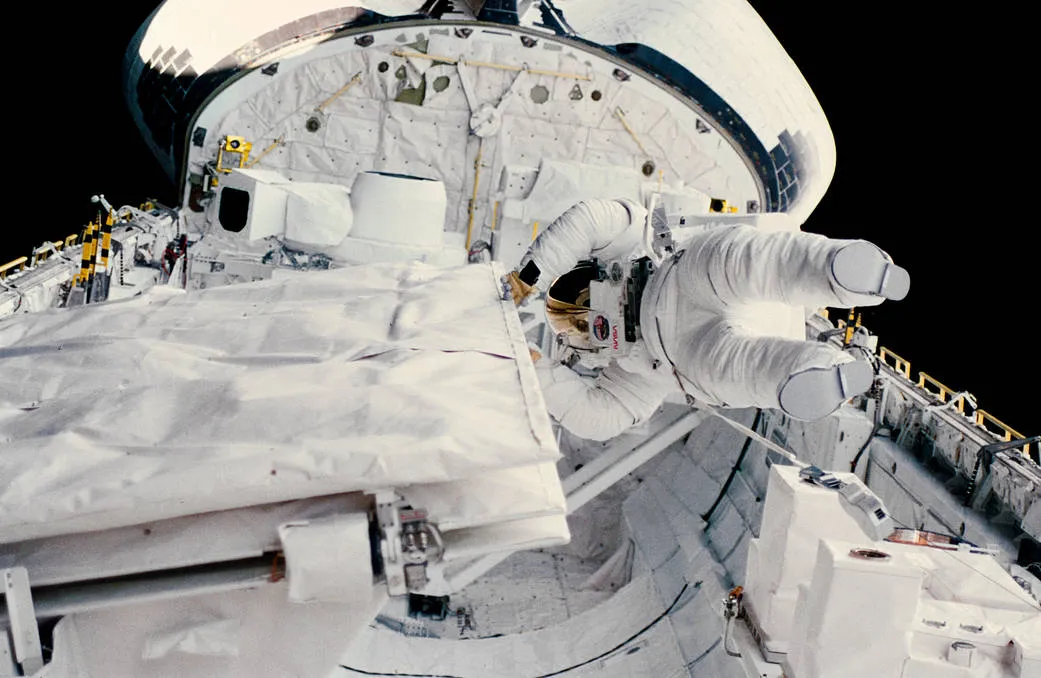
Part of NASA’s 1978 Astronaut Class, the first to include women, Sullivan became America’s first female spacewalker when she stepped out of Space Shuttle Challenger in October 1984.
She clocked up 532 hours in space before retiring from NASA in 1993. Not content with conquering the heavens, in 2020 she become the first woman to dive to the deepest part of the Earth’s oceans, the Challenger Deep in theMariana Trench.
Samantha Cristoforetti
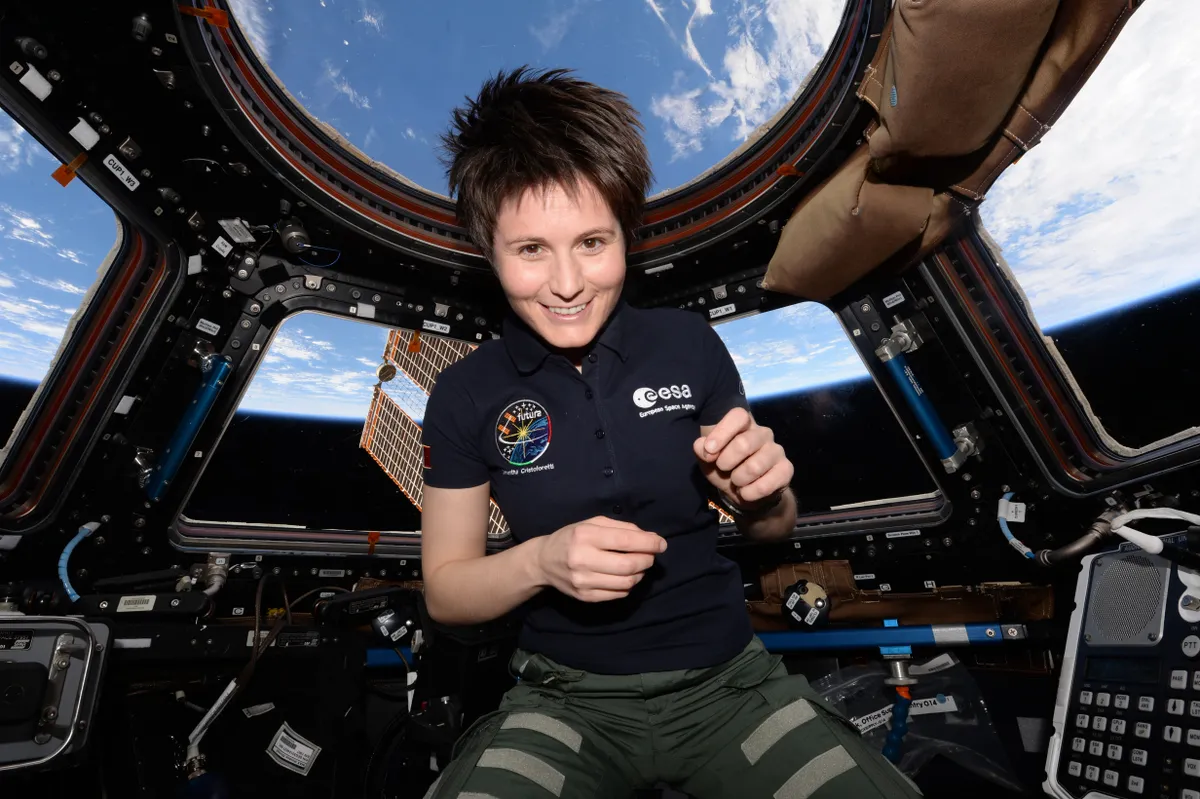
Italian fighter pilot Samantha Cristoforetti (born 1977) is scheduled to take command of ISS Expedition 68 in 2022, the first European woman to do so.
She’s the European with the longest continuous time in space (199 days).
"You’ve been in orbit a long time and you are looking forward to seeing your family," she said, "but at the same time you’ve spent time in an amazing and unique place and you don’t know if you’ll ever get a chance to go back. You start missing the place before you even leave."
Helen Sharman
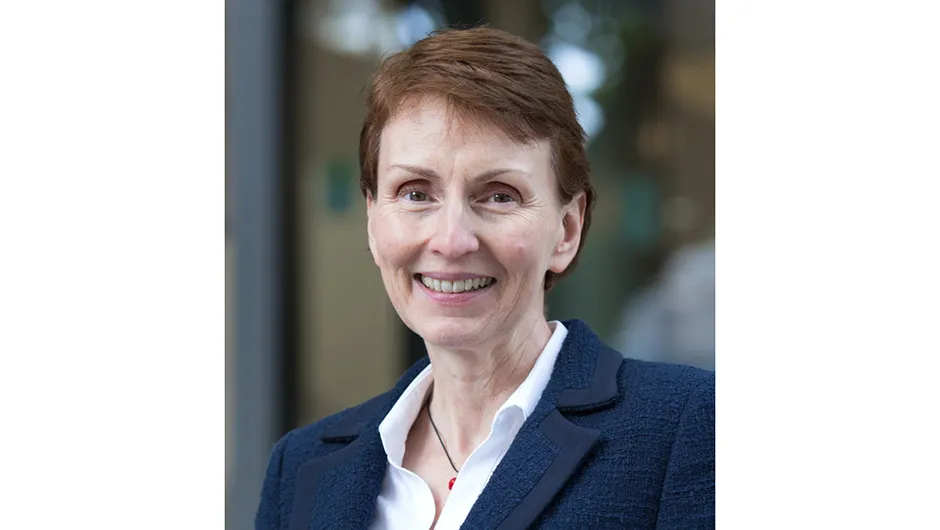
When Tim Peake arrived at the ISS in 2015, many in the media seemed to suffer from collective amnesia and praised him for being the first Brit in space. He wasn’t.
Helen Sharman, a chemist who worked for the Mars confectionery company in Slough, held that honour following her trip to the Russian space station Mir way back in 1991, when she was just 27.
Tim Peake was beaten by a woman to another record. When he ran the London Marathon virtually, on a treadmill in the ISS, it had already been done by American Sunita Williamswho ran the Boston Marathon in orbit in 2007.
Eileen Collins
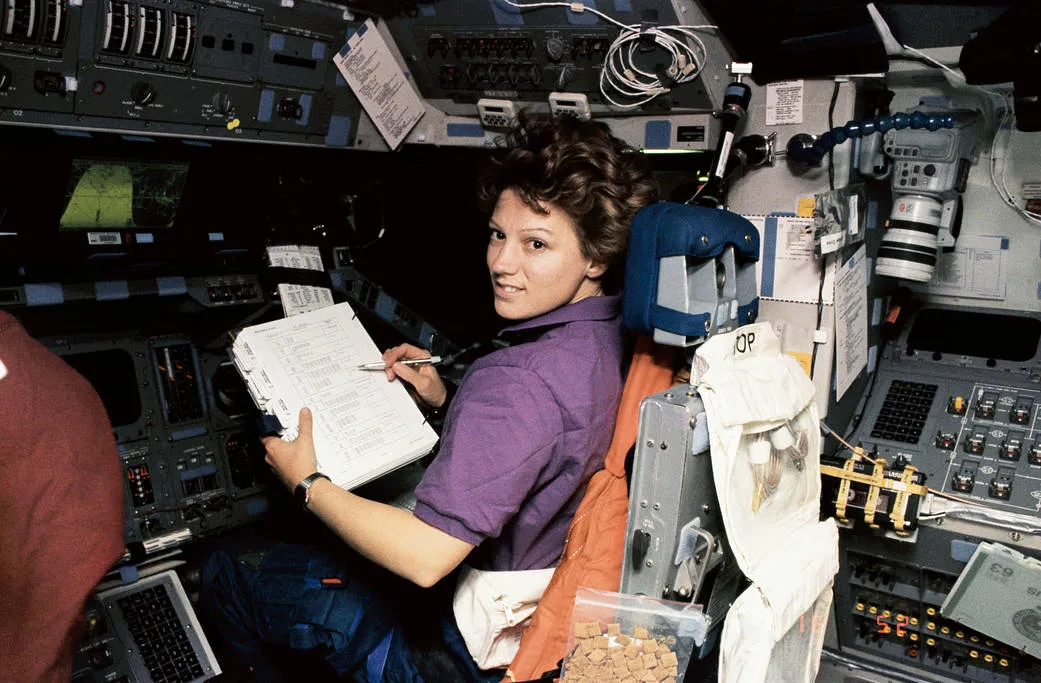
Collins(born 1956) was a military instructor and test pilot who became the first female to fly the Space Shuttle, taking Discovery to its rendezvous with the Mir space station in 1995.
She was also the first female commander of a Shuttle mission when STS-93 deployed the Chandra X-ray Observatory in 1999. She was the first person to fly the Shuttle through a 360-degree pitch manoeuvre too.
Liu Yang
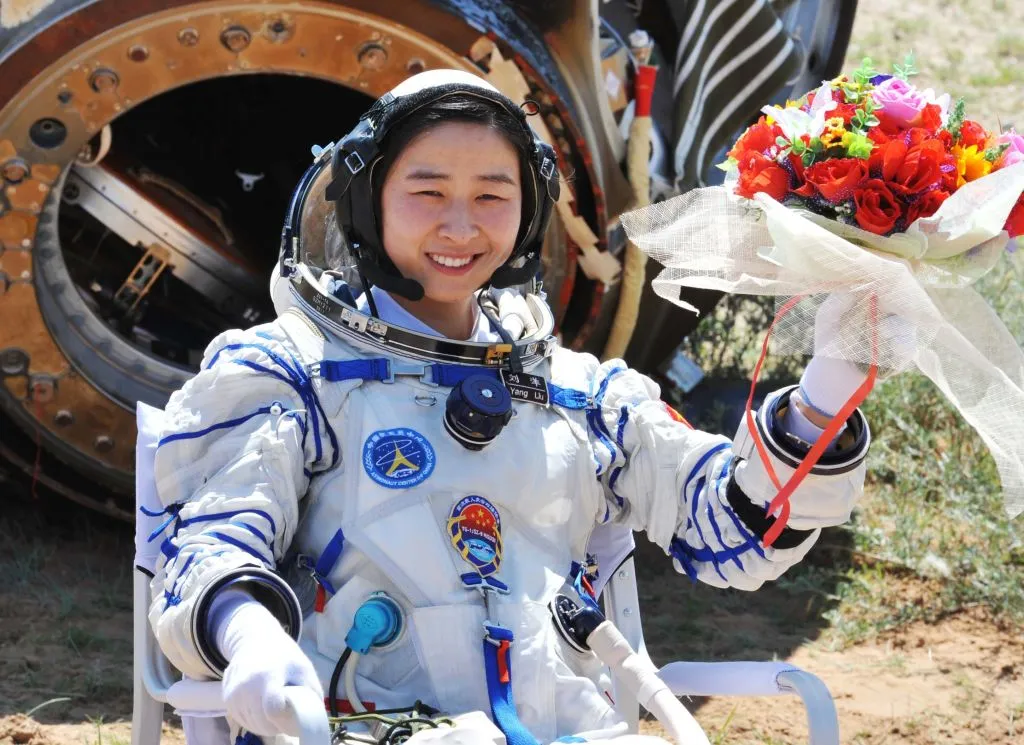
A major in the Chinese air force, Liu Yang(born 1978), became the first Chinese woman in space when she launched aboard Shenzhou 9, bound for China’s first space lab, Tiangong-1.
The 13-day mission launched on 16 June 2012, 49 years to the day after Valentina Tereshkova’s flight.
Had attitudes moved on in the intervening decades? "From day one I have been told I am no different from the male astronauts," Yang told state media.
On the other hand, Wu Bin, the director of the China Astronaut Centre at Jiuquan Satellite Launch Centre, had a different perspective.
Female astronauts would "pose problems for the team’s mentality", he is quoted as saying, and married women like Yang were preferred as they were “more likely to devote themselves to the hard training processes."
The future for women in space
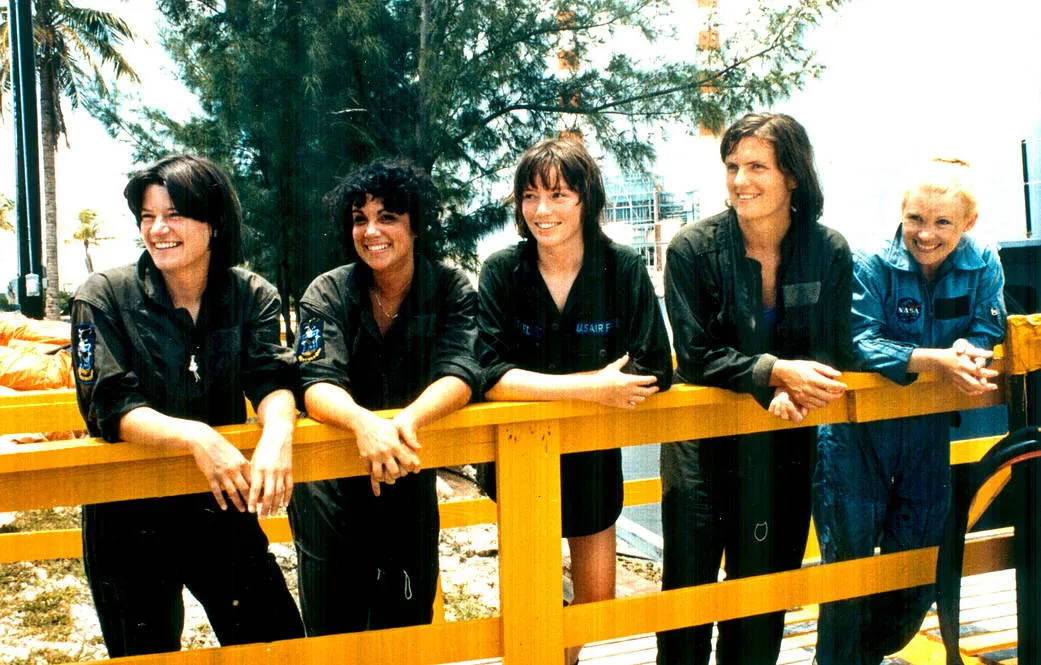
This particular space race is far from won. With decades of underrepresentation to undo, it’s only when tokenism is finally left behind that the day will come when women play an equal role in space exploration.
Until then, these trailblazers are the ones inspiring a new generation of girls with hopes of space travel.
"To countless young girls it would provide a dream," said Kathy Sullivan, "a point on the horizon and a dose of confidence – they could see somebody else do it and know it’s possible."
